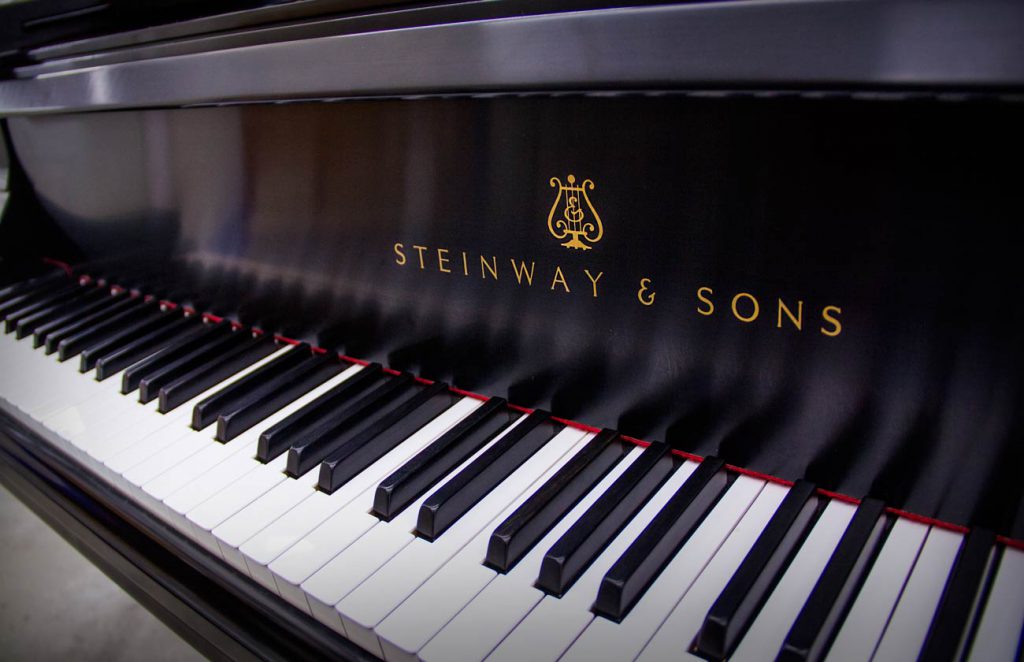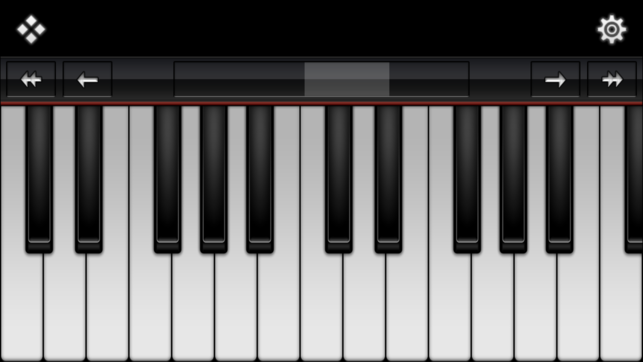Four-note Chords
FOUR-NOTE CHORDS
Today we will take a look at the foundations of four-note chords. Recall from the last post that chords consist of a three-note series to create a harmonic sound. A chord can be enriched by the addition of a fourth note on top of the basic three-note chord, placed a third above the highest note. This can give a lot of life to your harmonies and especially with jazzy sounding music. A four-note chord is made from the tones 1-3-5-7 of a scale, stacked on top of one another. So many combinations are possible to give variety and flavor to your music! See the example of this chord built on top of a C triad:
Notice that this chord is stacked by thirds, and consists of the 1-3-5-7 tones of the scale. The fourth note is highlighted as that is a note added to the “base” three-note chord underneath it. In this example, the three note chord is a “C” chord, consisting of C-E-G. The B added to it makes this a C major 7 chord. You can make a lot of different chords by just changing one note at a time. Above, we have a C major 7 chord, and if we simply flat the top note, we get to a C7 chord:
This is also sometimes called a dominant 7th chord, as it leads very naturally into the tonic chord of any given key. Don’t think so much about what key it is in as the fact that it is a four-note chord where the 7th tone is flatted. In this example, the C is dominant in the key of F, so this C7 chord would very often progress naturally to an F chord. An upcoming post will explain dominant 7 chords in more detail. From the C7 chord, just flat the third to create a minor 7th chord:
From this C minor 7th chord, we then flat the fifth tone, the G, and we have a half-diminished 7 chord:
The term “diminished” refers to both the third and the fifth of the chord being flat. It is called half-diminished because the 7th (B flat in this case) remains unchanged from the previous chord. If we want to make a fully diminished chord, then, we just flat the 7th one more time:
This is a diminished 7 chord. One of my favorite chords because it is so versatile! I’ll be doing an upcoming post on the amazing nature of diminished 7 chords as well. But for now, you can see how easy it is to form different chords in any key, by just making one more note flat in succession for each chord. You can hit the play button to hear this progression of all the chords:
Audio PlayerIf we start on the tonic note of any given key, create a 1-3-5-7 chord on top of that, and then do the same for each note of the scale, the chords will always follow the same pattern: Major 7 chord, minor 7th cord, minor 7th chord, Major 7th chord, Dominant 7th chord, minor 7th chord, half-diminished chord, and Major 7th chord. I show the example of the key of C, since it is common, but the pattern will always be the same for any key:
This is useful to know in composing music. As you create chord progressions in your music, you can know which notes would be good harmonies for any chord! Four-note chords are very powerful in any style of music, but especially gives a rich and full sound to jazz music. In the next post, we will go over chord inversions, meaning that the chord is formed with a different note than the root at the bottom of the chord. Until then, keep practicing!!
And the beat goes on…












You must be logged in to post a comment.